How to market your film successfully: Key mistakes to avoid when hiring a Film Stills Photographer
Posted in: Film Making | Film Marketing
If you’re in charge of hiring a stills photographer for your next production, I’m sure you’re aware just how important it is to have the right images in order to market your film successfully. It’s one of the most valuable elements that helps sell your movie. Especially nowadays, with online content readily accessed by an ever-widening audience, stills provide you with an opportunity to extend the lifespan and reach of your film for decades.
It’s a shame that often emerging filmmakers simply don’t understand what their stills photographer is capable of doing for them. And this can result in lost opportunities for producers and their projects. So here are some key mistakes to avoid as a producer, when tackling publicity for your next film:
#1: Not Hiring a Stills Photographer at all
As a producer, you must always think about budget, but if you’re thinking of not including a stills photographer in your planning, then you’re missing out on a valuable opportunity to grow the film’s reach and profits. Great images are your film’s business card, which is why stills photography should be an important part of every film production. Marketing and publicity, in the current social media age, are especially important for reaching prospective stakeholders, new markets and wider audiences. And high quality stills are crucial for selling your film by giving a visual taste of the story.
In fact, sometimes the best stills are captured during rehearsals or in between takes, featuring moments that are not in the film and from angles that work better for still, rather than moving image. For instance, the iconic still of Benedict Cumberbatch was shot in between takes on the set of the multi-Oscar-nominated The Power of the Dog. “I took nine frames. I had 90 seconds,” stills photographer Kirsty Griffin recalls. “I didn’t know that that would be the key image. I just thought, ‘I’d be mad not to shoot this. I’d be mad not to tap him on the shoulder.’” A photographer sees the story from other angles that work for still images and tell the story of your film.
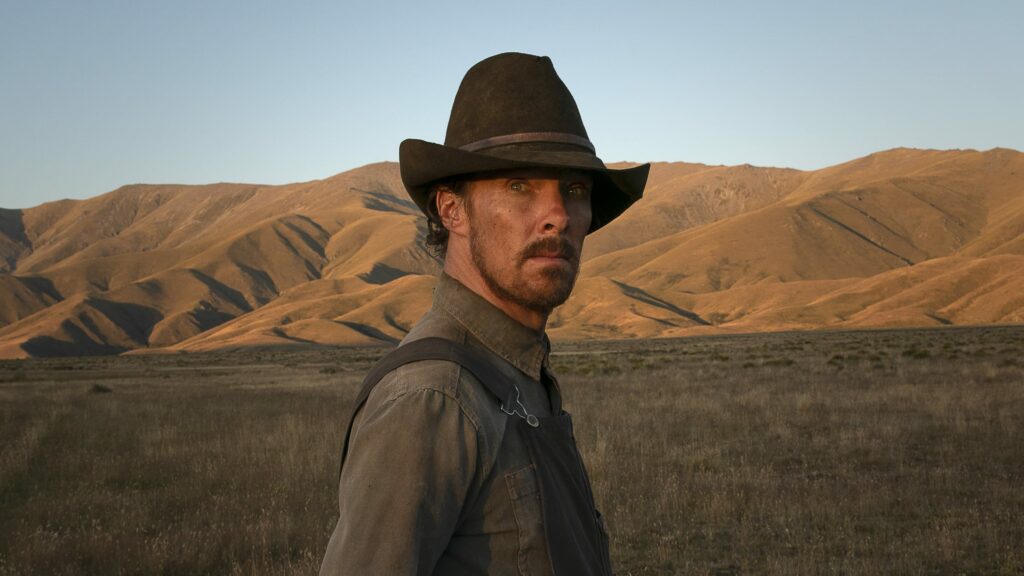
In terms of film history, what happens behind the camera is just as important as what happens in front of it. A still photographer is the visual record keeper of a film. Without stills, there is no record of the film being made. Imagine if there were no behind the scenes images of some of the most iconic films from history? Also, if you want to maintain good relations with the crew and give credit where credit is due, behind the scenes images can cement your film in history.
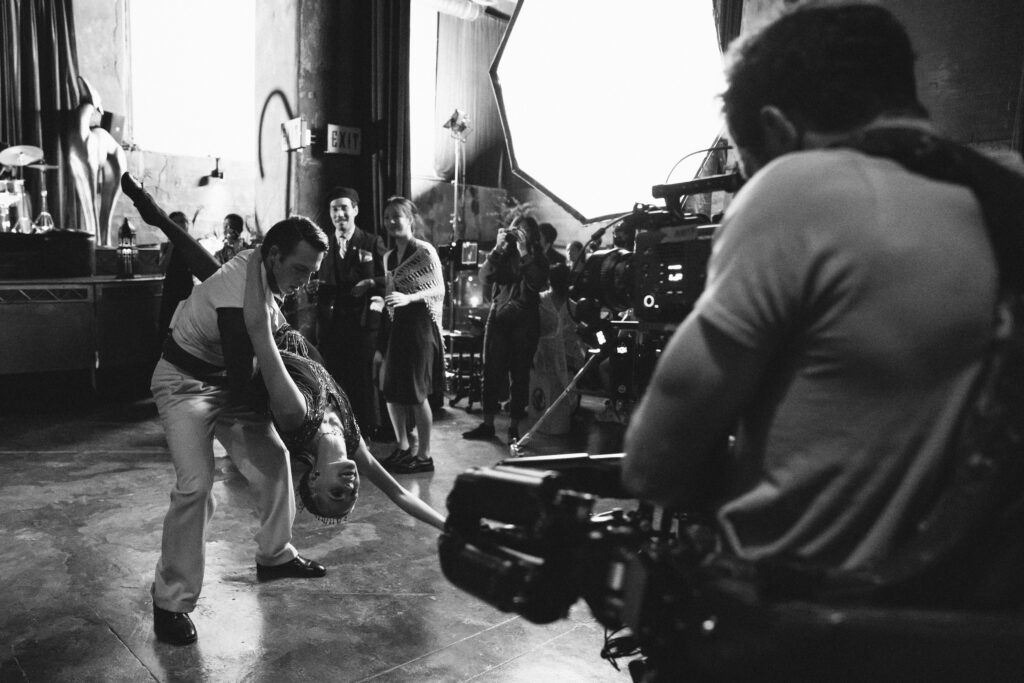
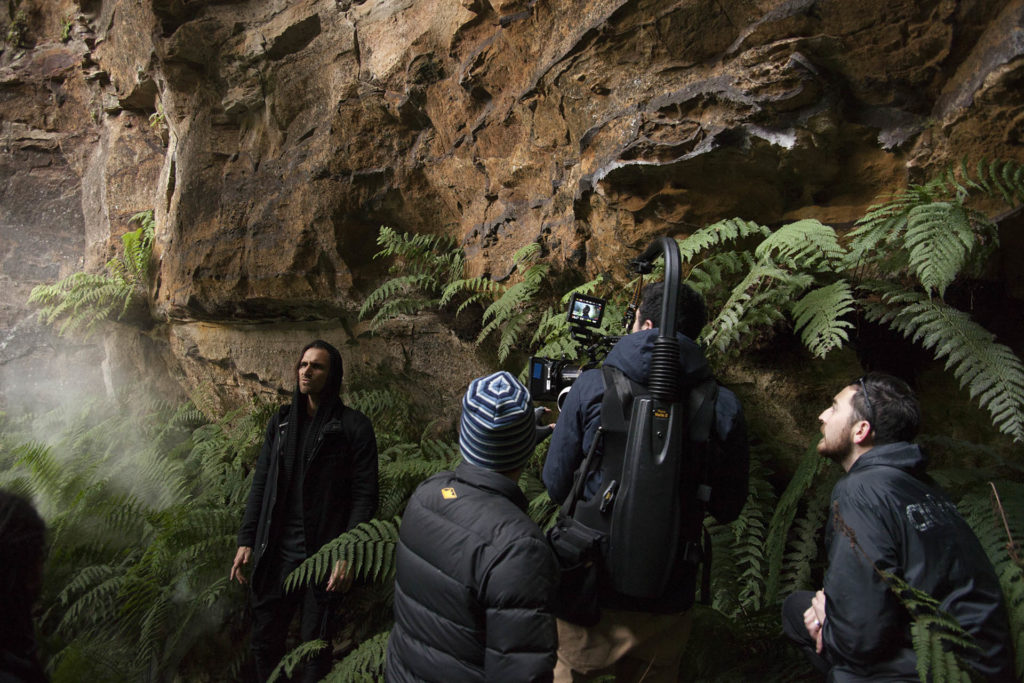
#2: Having a friend shoot Stills
One way to increase your film’s success is to hire the very best stills photographer you can afford. Sure, you can get an AC to shoot stills and BTS during the brief free gaps they have. Or, you can ask a friend to do it with their iPhone or an old DSLR you’ve got lying around.
As Hidden Figures photographer Hopper Stone puts it, if stills photography looks easy, it’s because us photographers have worked on our craft for so long, that we make it look easy to the inexperienced eye (Hopper is an absolute delight to listen to, so you can watch this conversation in full here or read the highlights.) A stills photographer knows what images are needed, as well as how to work with cast and around a busy crew. A film set is an intense place where time is short, space is often limited, and ego’s abound. It’s no simple, nor easy task to anticipate what’s coming next and how to capture that one frame that will tell the story of the film.
If you’re working with a professional cast, an organised image selection process is essential. Actors are often contractually obligated to approve the use of their image for commercial purposes. This means that if you’re planning on using photography of your principal actors in any advertising material, you need to make sure that they have approved it. This is particularly important for films and TV shows. A stills photographer will be familiar with this process, what digital file organisation tools to use, as well as the ins and outs of delivery specs.
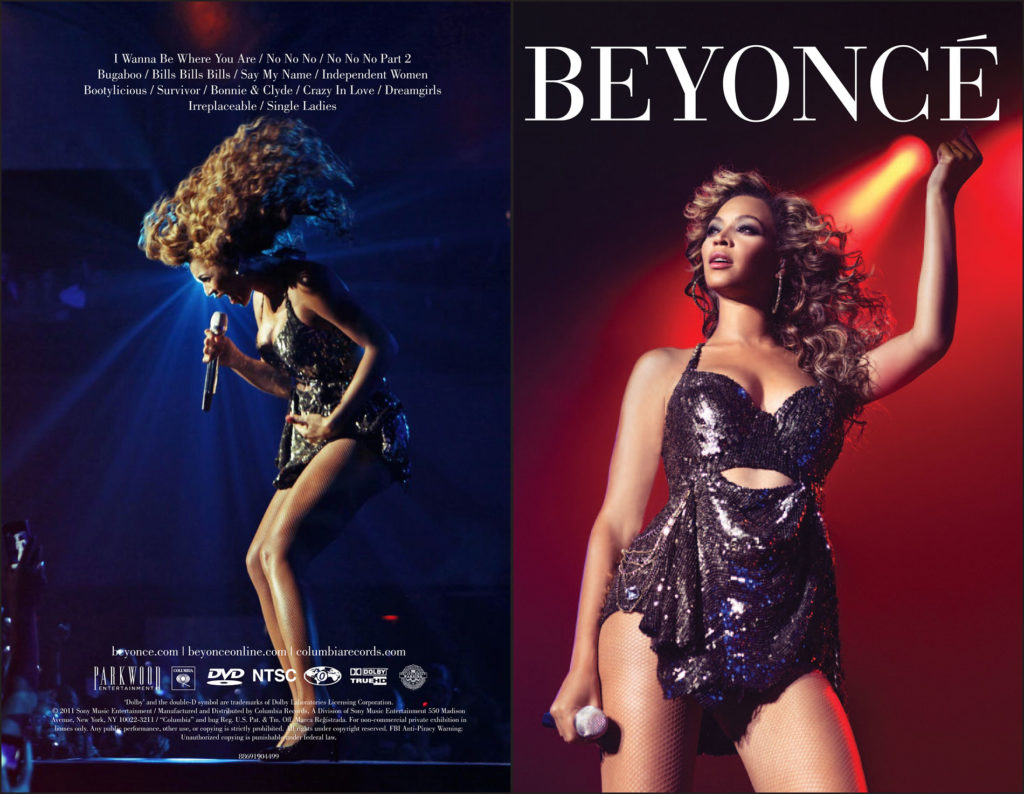
Having said that, as a producer of a low- or micro-budget film, you can still get amazing images from less experienced photographers and without a publicist on board. In this scenario it’s vital that you communicate about expectations and have a shotlist ready for them (take a look at our film stills shotlist).
If you’re not sure where to find a stills photographer that will be a good fit for your project, have a look at the Unit Stills Directory, where you can find photographers based on location, project type or credits.
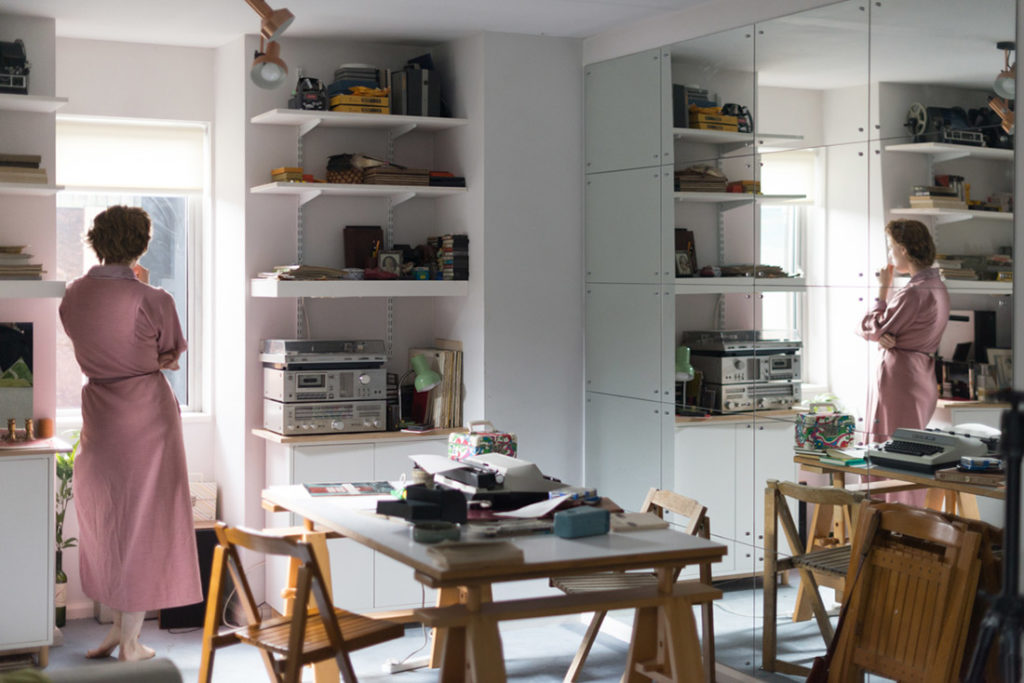
#3: Using Screenshots instead of Stills
Both technical and creative, there are a plethora of reasons as to why using screenshots instead of stills is a bad idea. High quality posters are nearly impossible to construct with a moving image screenshot. Moving image screengrabs often have motion blur due to their slower frame rates so the quality is not as sharp as our eye is now accustomed to with high quality photographs. A large format billboard or film poster will seldom look good with a screenshot… so it’s about how much you value your film looking presentable to the public.
Moving images are shot for the big screen, we now also have to think about the little screen – Instagram feeds, a film festival programme booklet or a website; stills photographers capture images with those specific purposes in mind.
No matter what kind of film or TV show you’re producing, whether it’s a big blockbuster movie or a small indie; anyone who’s interacting with your production — audiences, distributors, film festivals — if they see one bad image from your film, they’re immediately turned off because it reflects on the project’s quality.
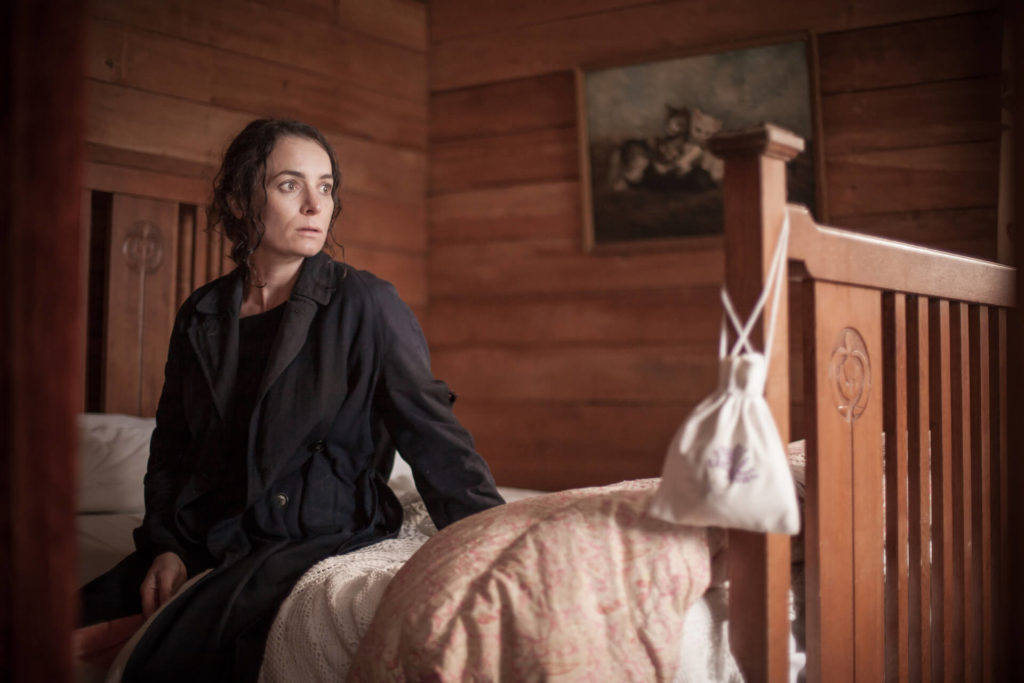
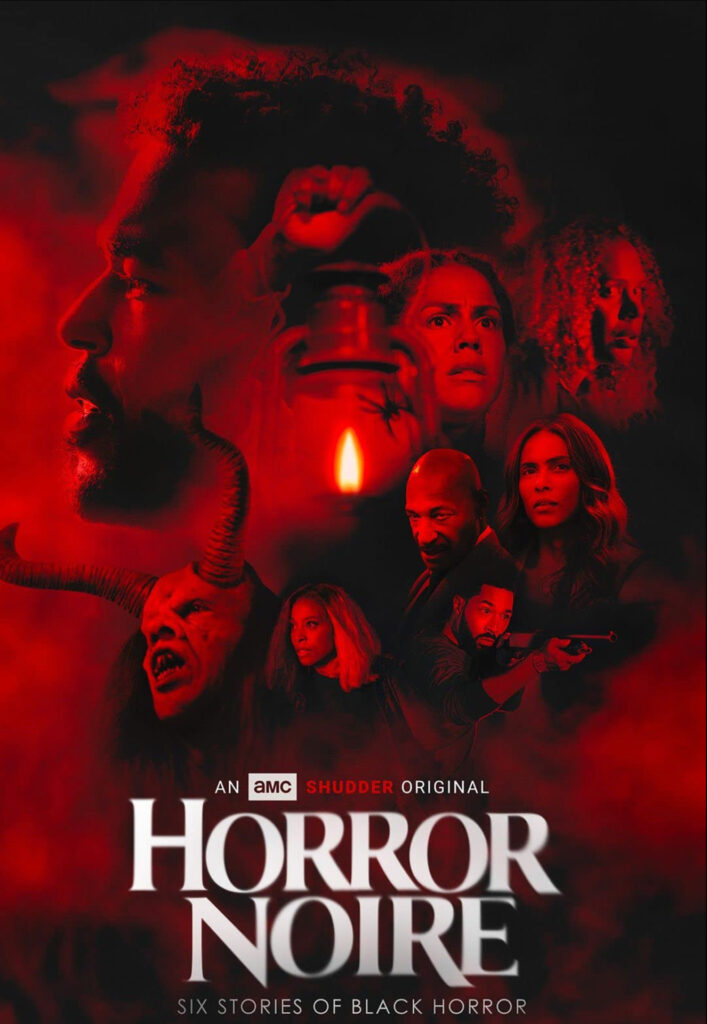
As Greg Dyro puts it, “think of some of cinema’s most iconic images: Laurence Fishburne in dark rimless sunglasses seated in a red leather chair in The Matrix, Jack and Rose perched on the bow of Titanic, Heath Ledger’s chilling Joker in The Dark Knight. Those memorable images you see in magazines and on billboards are actually from the unit still photographer, not pulled from footage. Even major CGI films utilise still photography this way. Many advertising images of the cast from the CGI-heavy Avatar were shots by still photographer Mark Fellman.”
Final thoughts
A stills photographer is an even more critical member of your production team than many might realise. The most powerful images in cinema history are often shot by stills photographers, from angles that aren’t present in the movie. By hiring a good stills photographer, you will have a much greater chance of success selling your project to audiences, festivals and distributors. If you opt out of hiring a photographer, or ask a friend with a camera to shoot stills for you, it’s likely this decision will hurt your film’s chances of making a spectacular first impression prior to its big screen premiere (unless your friend is a professional stills photographer, of course! 😁)
For both emerging and seasoned producers, Unit Stills Directory is an invaluable resource where you can find photographers based on location, project type or credits. It’s completely free for filmamkers to use and houses a collection of photographers from around the globe, with various levels of experience and areas of expertise.
This post is inspired by Greg Dyro’s article, Snapshots of a Set: The Importance of Dedicated Unit Still Photography for Your Production
Research and content written by Anastasia Arsentyeva
subscribe for updates
Sign up for our newsletter to be notified about our newest photographers and industry news.